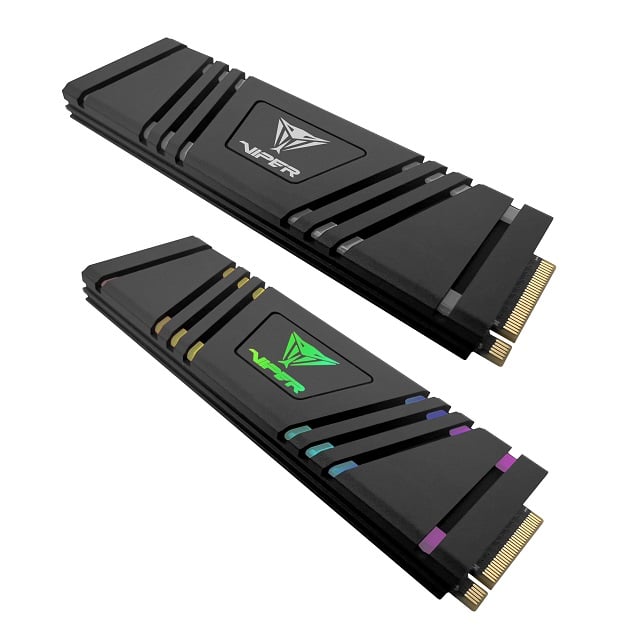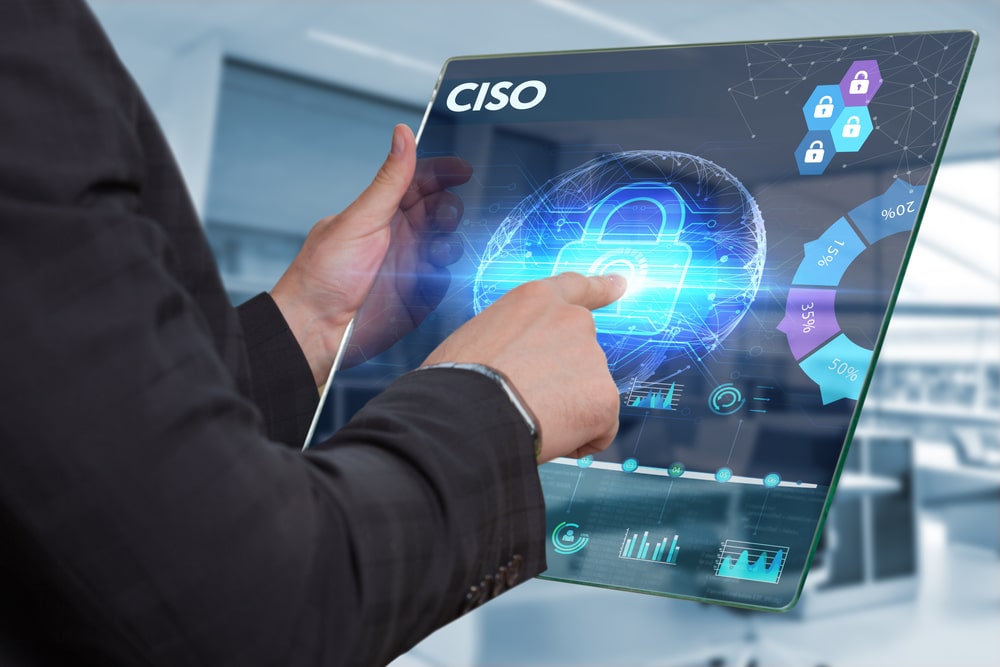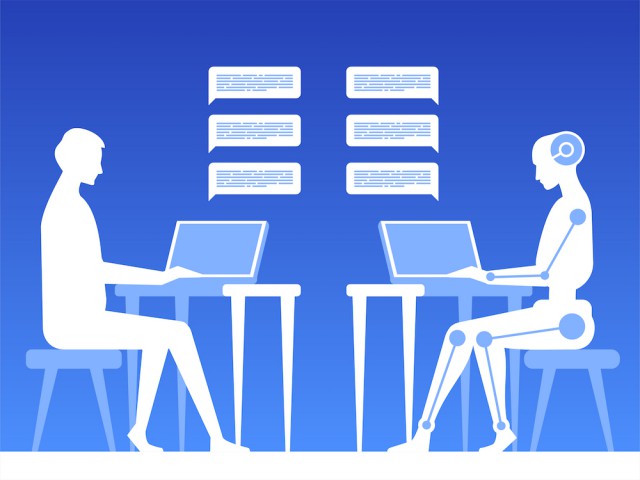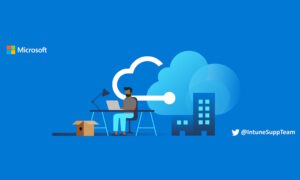
PATRIOT launches VIPER VPR400 RGB M.2 PCIe Gen 4x4 SSD for gamers
M.2 PCIe Gen 4x4 solid state drives are nothing new -- there are plenty of them on the market. However, a Gen 4x4 SSD with RGB lighting is apparently non-existent -- until now, that is.
Today, Patriot launches the all-new VPR400 M.2 PCIe Gen 4x4 SSD under its popular VIPER sub-brand which is designed for gamers. The company claims it is the world's first M.2 PCIe Gen 4x4 SSD with RGB lighting. While there are a bunch of M.2 PCIe Gen 3x4 drives with RGB, as far as I can tell, this might really be the first 4x4 variant with that feature.

How to harness DevOps-driven digital transformation to fuel your organization's success
Around the globe, digital transformation is the new normal. While projects were implemented in isolated pockets before the pandemic, it’s now a business-critical, enterprise-wide drive. The advent of COVID-19 saw most organizations accelerate their transformation roadmap by months or years. This streamlined operations, created new revenue, and enhanced customer experiences during a time of unprecedented disruption.
According to Deloitte, two-fifths (40 percent) of consumers did more online shopping during lockdown, 14 percent participated in more remote medical appointments, and a third streamed more content. The past 12 months have demonstrated that these habits are here to stay. As the world moves into a new state of 'normality', organizations across every industry are focusing on how they can transform even faster to meet customers' redefined expectations and carve out an advantage in a fiercely competitive, increasingly digital world.

Budgets up and incidents down as CISOs take control
Organizational cybersecurity has significantly improved over the last year, following positive shifts in influence by CISOs and changing attitudes towards security culture, according to a new report.
The ninth annual Information Security Maturity report, published by ClubCISO in collaboration with Telstra Purple, surveyed more than 100 information security leaders around the world and finds 54 percent report that 'no material incident occurred', in the past year, compared to 27 percent in 2021.

Demand for automation surges across all areas of business
Demand for automation from business teams has increased over the last two years according to 91 percent of respondents to a new survey.
The study from MuleSoft shows the highest demand for automation comes from research and development (39 percent), administrative/operations (38 percent), customer service (33 percent), and marketing (26 percent).

Smaller businesses acknowledge increased cyber threats but few do anything about it
While 83 percent of respondents to a new survey of small and medium businesses agree that they have seen an increased awareness of cybersecurity in their organization, only 36 percent have adopted new security policies.
The report from Dashlane is based on a survey of more than 600 employees and managers and over 300 IT decision makers (leaders) at SMBs across multiple industries.

CIO roles expand during the pandemic
Over half of CIOs say their job role has expanded or changed over the last two years, according to a new survey from Navisite of over 200 CIOs across a range of industries.
These changes include adding new titles such as president, COO, CTO, etc. (37 percent), reporting directly to the CEO (21 percent), and gaining a seat on a company board or participating on board calls (18 percent).

Mind the gap: Addressing the cybersecurity talent shortage through network automation
Modern network infrastructure and security teams are tasked with managing extremely diverse ecosystems full of products that each require a specialized skill set to operate, optimize, and secure. While network operations teams look to automate repetitive but fundamental tasks across their teams, less than 35 percent of enterprise network activities are automated today. Based on this surprisingly low number, math tells me that there is tremendous upside.
Amidst the ongoing talent shortage and great resignation in IT and security industries, network automation continues to be a seriously overlooked solution that can help mitigate the impact of turnover and skills gaps by enabling staff to execute consistently and effectively, regardless of seniority or experience. Network automation tools are becoming essential to easing burnout among network and systems engineers who are dealing with a complex network environment.

TP-Link Kasa Smart Wi-Fi Plug Slim (EP25) offers energy monitoring
TP-Link has become one of my favorite manufacturers of networking hardware. When someone asks for my advice on choosing a router, I often steer them towards TP-Link. Why? Because the company's products are both dependable and affordable. For instance, you can score a quality Wi-Fi 6 router for around $70.
I am also a fan of TP-Link's Kasa line of smart home products -- light bulbs, cameras, and more. The company's power outlet adapters are particularly useful, and today, the newest such model becomes available. Called "Smart Wi-Fi Plug Slim (EP25)," the UL-certified outlet adapter can do more than just turn lamps and other appliances on/off. You see, EP25 also offers energy monitoring -- how cool is that? Apple fans should appreciate the HomeKit support too.

Challenging misconceptions around a career as a developer
Technology is experiencing a talent shortage, with developers in high demand -- the tech resignation rate rose by 4.5 percent in 2021 according to Harvard Business Review. For some employers, this shortage is driving investment into existing talent or prompting the growth of talent from scratch. But many startups lack the staffing levels or time to train people, and they are competing against tech giants for experienced staff. In these cases, finding and hiring the right people can make all the difference.
Finding the right people means keeping a hawk-like focus on the skills and attributes the business actually needs and looking for talent wherever it can be found. There are many misconceptions about what makes a good software developer and a successful career path. By examining these misconceptions, a business can identify the individuals that will build their winning teams. The key here is not just the individuals, but also building the team. Software developers are not well-known for their soft skills but here’s the catch: who are the software developers with the most successful track records? Those individuals who have emotional intelligence and communication skills in equal proportion to their smarts.

Human error to blame for eight out of 10 data breaches
New analysis by CybSafe of data from the UK Information Commissioner's Office shows 80 percent of data breaches reported in 2021 were caused by user error.
A total of 2,692 reports were sent to the ICO last year 80 percent of which could be attributed to actions taken by end-users, though this is down from 90 percent in 2020.

Over half of organizations suffer cyberattacks in the cloud
A new report reveals that 53 percent of organizations have experienced a cyberattack on their cloud infrastructure within the last 12 months.
The 2022 Cloud Security Report from Netwrix shows that was the most common type of attack, experienced by 73 percent of respondents.

Chatbots -- are they more artificial than intelligent? [Q&A]
When you contact a large organization it's increasingly likely that, in the first instance at least, you'll find yourself dealing with a chatbot rather than a real person.
Most of these are based on some form of AI, but are they really all that clever? Deon Nicholas, CEO and co-founder of Forethought, doesn't think so. We spoke to him to find out more and discuss whether there might be a better solution.

ERP integration: Connecting systems for full visibility and increased profitability
Keeping up with the technology curve is a vital part of staying competitive for any business in any field. Digital transformation, for example, is no longer optional -- and enterprise resource planning (ERP) is among the most crucial aspects of digital transformation.
In short, an ERP system consolidates an enterprise’s day-to-day processes, allowing for centralized management and visibility. Resolving administrative bottlenecks and increasing agility with ERP gives a competitive edge that no company can afford to ignore.

What can be done about the digital trust deficit?
Data breaches are everywhere. They’ve become so common-place that according to a new Imperva research report, more than a quarter of us (27 percent) don’t even bother changing our passwords even if we know they’ve been compromised.
For many, insecurity has become the default -- something that we just have to live with. The idea that hackers could steal our data, our money, even our identity is the cost we accept in order to live in the digital world. If we want to use services like online banking or social media, we have no choice but to give up our data in exchange.

Monoprice 5-in-1 USB-C to 4K HDMI Display Adapter and USB Hub is very affordable
Not all products need to be exciting. Sometimes, a device can just serve to accomplish a task without wowing anybody. Take the all new Monoprice 5-in-1 USB-C to 4K HDMI Display Adapter and USB Hub, for instance. There are countless products like it, but that doesn't mean you shouldn't check it out. Why? Because while it is not exciting, it is very affordable.
As the name implies, Monoprice's new offering pulls double-duty as a USB hub and display adapter. It will turn one USB-C port on your computer into three USB-A ports and one HDMI port. The video output supports resolutions up to 4K@60 (depending on your computer's USB-C port). And yes, it has a USB-C port for pass-through power delivery -- it can handle up to 100W.



